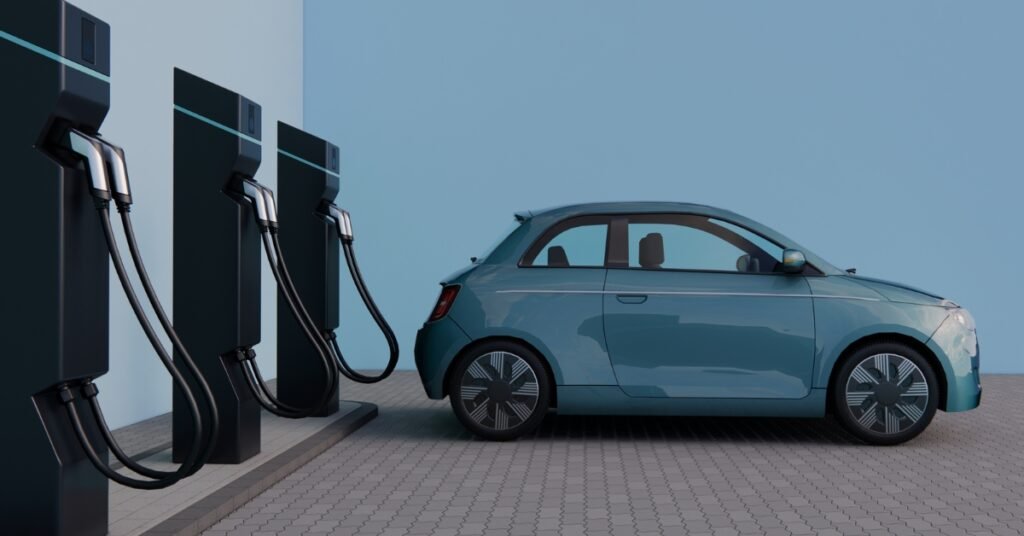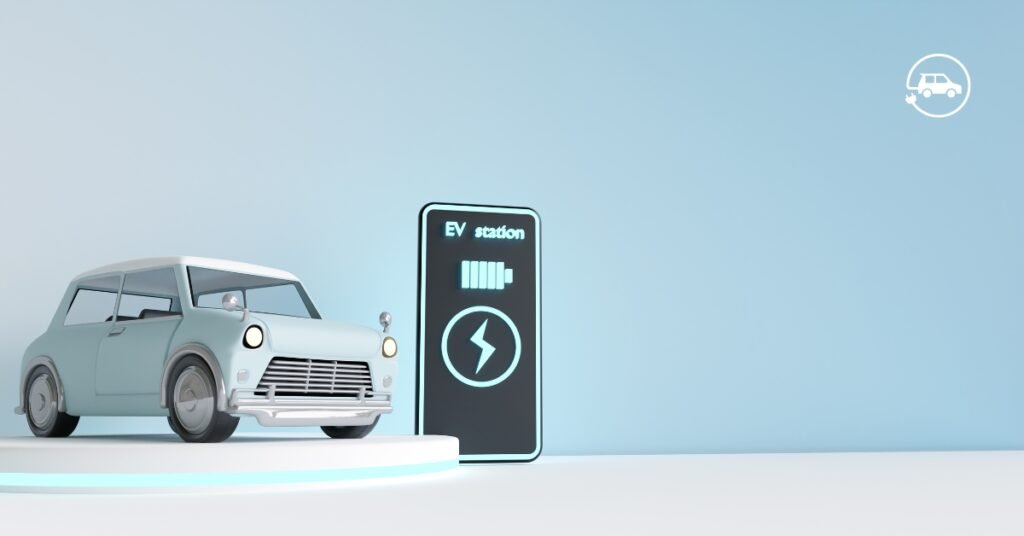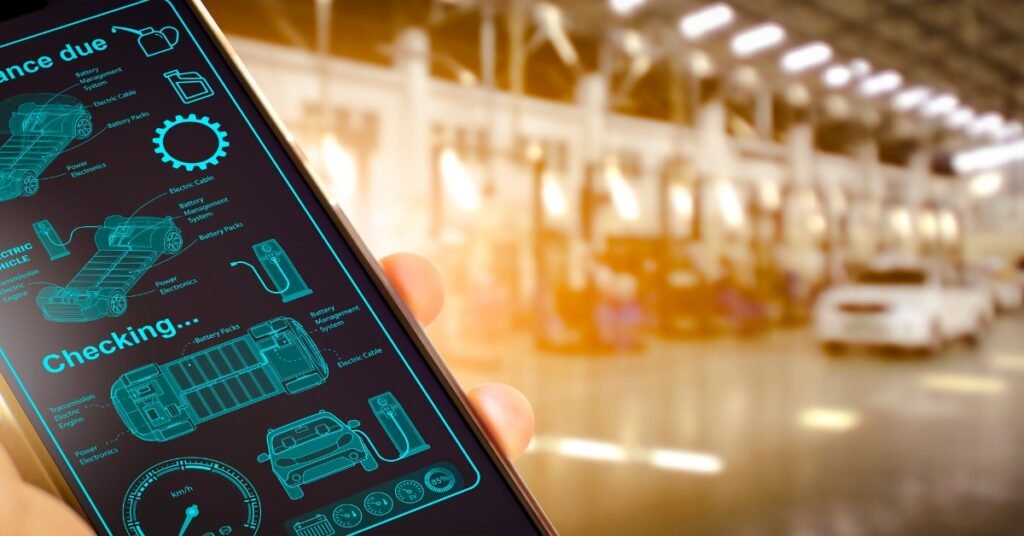Explore 100 surprising and eye-opening facts about electric vehicles (EVs), from their history and benefits to future advancements. Learn why EVs are revolutionizing transportation.
Table of Contents
Facts About Electric Vehicles
Electric vehicles (EVs) are rapidly transforming the automotive landscape.
EVs are gaining popularity as more people become environmentally conscious and seek alternatives to traditional gasoline-powered cars.
This blog post aims to provide readers with clear, concise, and engaging information about EV’s.
Let us dive into 100 facts across 10 categories, with 10 facts in each category.
History of Electric Vehicles
The history of Electric Vehicles is fascinating and reveals the long journey of this technology.
- The first electric vehicle was created in the 1830s by Robert Anderson.
- By the late 19th century, EVs were more popular than gasoline cars.
- In 1900, EVs accounted for a third of all vehicles on the road in the US.
- Thomas Edison worked on improving battery technology for EVs.
- The invention of the electric starter for gasoline cars in 1912 led to a decline in EV popularity.
- The oil crisis in the 1970s revived interest in EVs.
- General Motors introduced the EV1, a mass-produced electric car, in the 1990s.
- The Tesla Roadster, launched in 2008, revolutionized the EV market.
- Governments worldwide have set targets to phase out gasoline vehicles by mid-century.
- Modern EVs benefit from advancements in battery technology and renewable energy integration.
Benefits of Electric Vehicles
The benefits of electric vehicles extend beyond just being environmentally friendly.
- Zero tailpipe emissions contribute to cleaner air.
- Lower operating costs compared to gasoline vehicles.
- EVs have fewer moving parts, leading to reduced maintenance.
- Regenerative braking systems extend brake life.
- Quiet operation reduces noise pollution.
- Home charging can be more convenient than visiting gas stations.
- Electric motors provide instant torque for quick acceleration.
- EVs can help reduce dependence on fossil fuels.
- Many governments offer incentives and tax credits for EV purchases.
- EVs can be integrated with renewable energy sources, like solar power.
Types of Electric Vehicles
Understanding the different types of electric vehicles helps consumers make informed choices.
- Battery Electric Vehicles (BEVs) run entirely on electricity.
- Plug-in Hybrid Electric Vehicles (PHEVs) combine a battery with a gasoline engine.
- Hybrid electric vehicles (HEVs) primarily use gasoline but have electric motors to improve efficiency.
- Extended Range Electric Vehicles (EREVs) have a small gasoline engine to extend range.
- Fuel Cell Electric Vehicles (FCEVs) generate electricity from hydrogen.
- BEVs include models like the Tesla Model 3 and Nissan Leaf.
- PHEVs include the Chevrolet Volt and Toyota Prius Prime.
- HEVs include the Toyota Prius and Honda Insight.
- FCEVs include the Toyota Mirai and Hyundai Nexo.
- Each type offers different benefits and drawbacks depending on the user’s needs.
Charging Infrastructure
The availability and types of charging infrastructure are critical for EV adoption.
- Level 1 charging uses standard household outlets.
- Level 2 charging requires a 240-volt outlet and is faster than Level 1.
- DC fast charging provides the quickest charge and is often found at public stations.
- Tesla’s Supercharger network is exclusive to Tesla vehicles.
- Many workplaces are installing charging stations for employees.
- Charging networks like ChargePoint and EVgo are expanding rapidly.
- Public charging stations can be found via apps like PlugShare.
- Some governments are investing heavily in public charging infrastructure.
- Home charging stations can be installed for convenience.
- Wireless charging technology is being developed for future use.
Environmental Impact
The environmental impact of EVs is a significant reason for their growing popularity.
- EVs produce zero tailpipe emissions, reducing urban air pollution.
- Lower greenhouse gas emissions compared to gasoline vehicles.
- EVs can be powered by renewable energy sources, reducing their carbon footprint.
- Battery production has an environmental impact, but it is improving.
- Recycling programs for EV batteries are being developed.
- Electric vehicles help reduce noise pollution.
- Using EVs can decrease oil consumption and its associated environmental impacts.
- EVs can support a more stable and resilient energy grid.
- Reduced emissions from EVs can lead to better public health outcomes.
- Transitioning to EVs is crucial for meeting climate goals.
Cost of Ownership
The EVs’ ownership cost can be lower than that of traditional vehicles over time.
- Higher initial purchase price but lower operating costs.
- Government incentives and tax credits can offset purchase costs.
- Lower fuel costs as electricity is cheaper than gasoline.
- Fewer maintenance requirements due to fewer moving parts.
- Potential savings from home charging versus public charging.
- Insurance premiums for EVs can be higher but vary by model.
- The resale value for EVs is improving as demand increases.
- The total cost of ownership is often lower over the vehicle’s lifespan.
- Electric vehicle warranties often cover batteries for eight years or more.
- Public charging costs vary, with some stations offering free charging.
Battery Technology
Advancements in battery technology are vital to the success of EVs.
- Lithium-ion batteries are the most common in EVs.
- Solid-state batteries promise higher energy density and safety.
- Battery recycling programs are crucial for sustainability.
- Battery management systems optimize performance and longevity.
- Research is ongoing to reduce battery costs.
- Fast-charging capabilities are improving with new technologies.
- Battery lifespan can be extended with proper care and usage.
- Energy density improvements lead to longer driving ranges.
- Second-life applications for EV batteries include energy storage.
- Battery technology is a rapidly evolving field with constant innovations.
Popular Electric Vehicle Models
There are many popular electric vehicle models available today.
- The Tesla Model 3 is one of the best-selling EVs worldwide.
- The Nissan Leaf is a popular and affordable option.
- The Chevrolet Bolt EV offers an extended range at a reasonable price.
- The Tesla Model S is known for its luxury and performance.
- The Hyundai Kona Electric is a versatile and efficient crossover.
- The Audi e-tron combines luxury with electric efficiency.
- The Ford Mustang Mach-E offers a sporty electric experience.
- The BMW i3 is known for its unique design and sustainability.
- The Porsche Taycan provides high performance in an electric package.
- The Volkswagen ID.4 is a new entrant with a robust feature set.
Future of Electric Vehicles
The future of electric vehicles looks promising, and there are ongoing advancements.
- Autonomous driving features are being integrated into many EVs.
- Wireless charging technology is under development.
- Improved battery technology will lead to longer ranges and faster charging.
- Increased renewable energy use will further reduce EVs’ carbon footprint.
- Expansion of the global charging infrastructure is underway.
- Vehicle-to-grid (V2G) technology will allow EVs to support the power grid.
- Electric trucks and buses are becoming more common.
- Solid-state batteries could revolutionize the EV market.
- Government policies will continue to support EV adoption.
- Public perception of EVs is becoming more positive as technology improves.
Challenges and Considerations
Despite the benefits, there are challenges and considerations for EV adoption.
- Battery production has environmental and ethical concerns.
- Charging infrastructure needs to be expanded to meet demand.
- The initial purchase price is higher than gasoline vehicles.
- Range anxiety is a concern for potential EV buyers.
- Cold weather can affect battery performance.
- Battery disposal and recycling need better solutions.
- Charging times are still longer than refueling a gasoline car.
- The availability of public charging stations can vary by region.
- Grid capacity must be enhanced to support widespread EV adoption.
- Education and awareness campaigns are needed to inform the public about EV benefits.
Conclusion
By understanding these facts about electric vehicles, readers can appreciate this transformative technology’s numerous benefits and challenges.
As EV technology continues to evolve, it promises to play a crucial role in shaping a more sustainable and environmentally friendly future.






